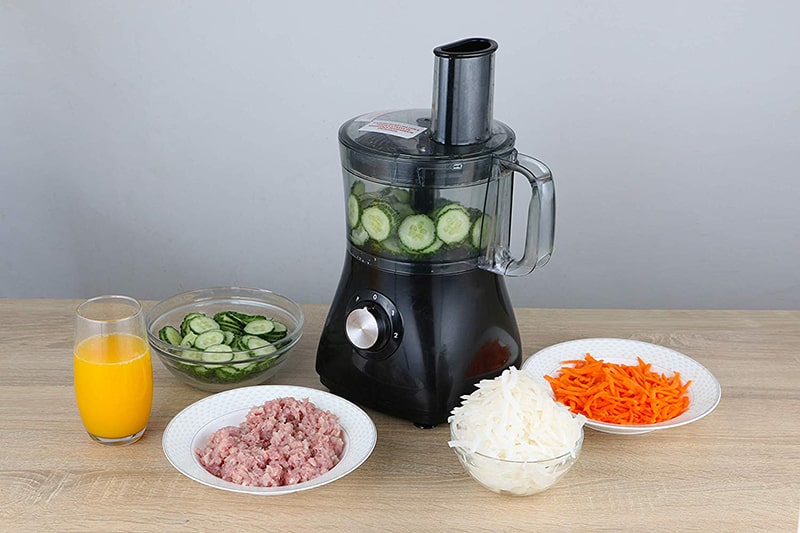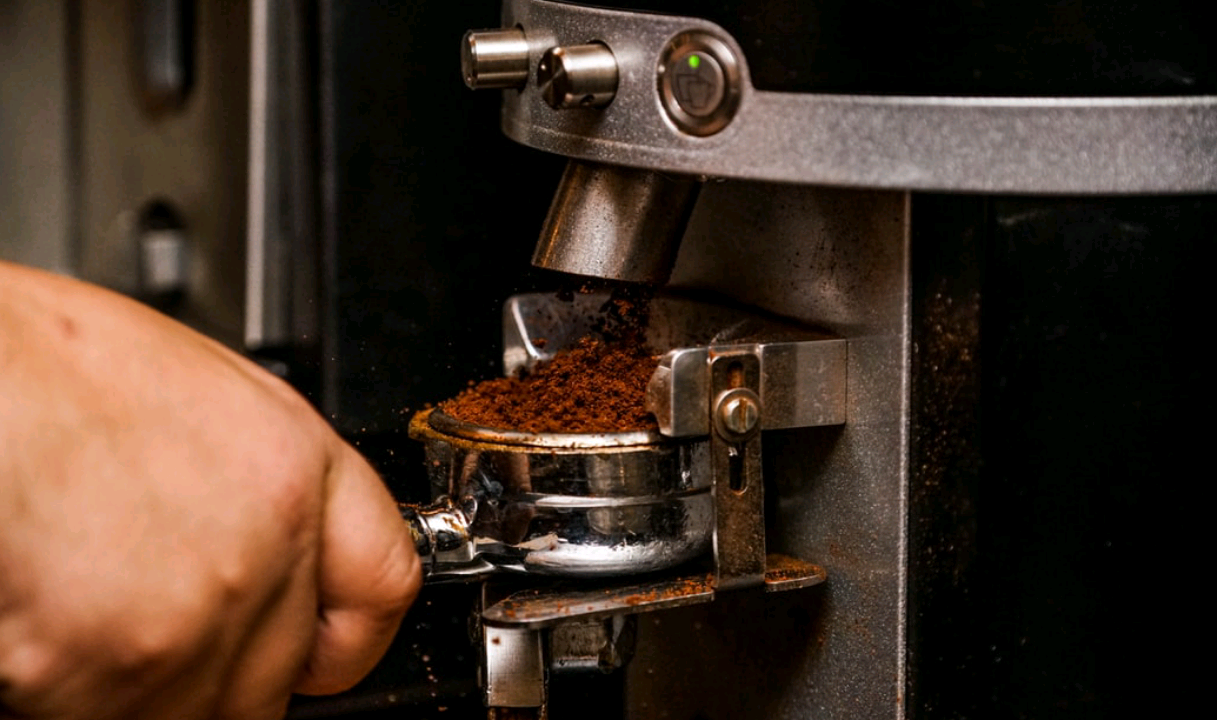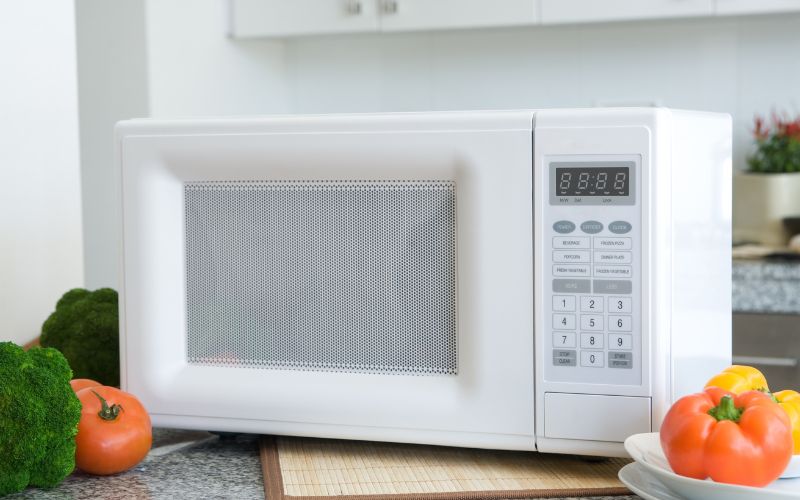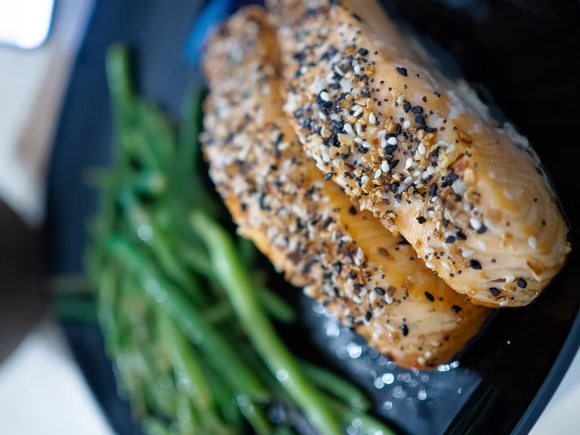Table Of Contents
Just imagine how much fun cooking could be if only all the dicing, chopping, slicing, and kneading could be handled by a machine. Oh, wait! It actually can be handled by a machine. Enter the food processor. One of the most versatile kitchen appliances, food processors have made life much easier for us. They handle all the boring kitchen work like cutting, chopping, slicing, blending, scrapping, and make cooking a lot more enjoyable for us. It can save you a lot of tears while cutting onions and a lot of energy while kneading dough. Whether you have to prepare salads or yummy soups, all the vegetables you need for the recipe will be processed and chopped in minutes.
Now, what can you do for an appliance that does so much for you? Well, a little care and occasional maintenance are all it asks for. If you are new to cooking or simply haven’t used the best food processor before, here is a full guide on how you can care for and maintain your food processor so that it can serve you for longer.
Cleaning a food processor
Cleaning a food processor properly is extremely important and when done well it can increase the processor’s life span by a considerable amount. It is recommended that you clean the processor thoroughly after every use.
What will you need for cleaning?
Mild liquid soap, nylon brush, clean cloth or sponge, baking soda (optional)
1) Disassemble all the parts:
The food processor has several components that come with it. In order to clean it thoroughly, you need to disassemble all the parts and take apart the processor. Take out the upper part of the processor along with the pusher unit. Take out the bowl and the blade off the motor. Any other detachable component should also be set apart from the processor. Once all the parts are set apart, check if any food particles are stuck inside the parts and clean them with the help of a small brush. Keep the blade aside carefully for special care later on.
2) Wash the blade
Once you’ve put aside all the parts of the processor and got rid of any leftover food particles in it, it is time to wash the blade. Exposing the blade to food particles for longer can dull the blade. This is why it is better to wash the blade immediately after use to ensure that its sharpness is preserved for longer. Using strong soaps and detergents can also dull the blade. So, immediately after use a mild soap to wash the blade thoroughly to get rid of all the residue. While doing this, be careful not to cut your hands. After you wash it, use a clean dry cloth to dry the blade thoroughly and then keep it aside for the next use.
3) Clean all the removable parts
After you’ve cleaned and dried the blade, it is time to clean all the other removable parts. It is better to soak the parts in soap water for a while before washing them. After they are soaked, use a mild soap and scrubber to clean the parts and get rid of all the food residues and other dirt. If you have a dishwasher, you can place all these parts in the dishwasher also to clean them. Make sure that you do not use any harsh or abrasive scrubbers while cleaning the parts. Once they are clean, use a soft cloth to dry all these parts.
4) Clean the body and the motor of the processor
After the parts, the body of the processor should be cleaned well. The base or the body of the processor also houses the motor so, it should not be completely submerged in water. This will cause damage to the motor and can sometimes lead to short circuits. So, in order to clean the body, use a simple damp cloth and wipe down all the body of the processor. This will be enough to get rid of all the dirt on it. You can also use a soft brush dipped in baking soda or mild soap to get rid of any stubborn residues and stains.
5) Assemble the processor
Once you are done cleaning, leave all the parts for a few hours to allow them to dry completely. Don’t assemble the parts while they are wet. Once they are completely dry, assemble all the parts of the processor properly, making sure that everything fits perfectly. After this, it is advisable to store the processor in a safe place until further use.
Several food processor buying guides recommend this process of cleaning. This process should be repeated after every use to ensure that your processor functions without any trouble for years.
Care and maintenance tips for food processors
Along with regularly cleaning the processor, here are a few other tips that you can follow to significantly increase the life of your food processor.
1) A food processor is a very powerful tool and it can process a lot of food items, but there are a few things that you should avoid putting into a food processor. Items like boiling or hot food, meat with bone, gelatin, fruit peels, and other hard items should be avoided as they can seriously damage the blades of the processor.
2) When processing food, do not overload the processor. Use small quantities of food at a time.
3) Always peel and cut vegetables or fruits into 2-4 pieces before putting them into the processor. Never put whole vegetables into it.
4) Never attempt to put your hand into the processor while it is running. It may cause serious injuries.
5) If the food processor is smelly, take a mix of baking soda and water, put it in the jars of the processor for 15-20 mins, and then rinse it thoroughly. This will get rid of all the unpleasant odors.
6) Oiling the blades from time to time will help increase the sharpness and efficiency of them.
These are a few cleaning techniques and tips you can use to maintain your food processor well. Apart from this, we also advise you to read the care and instruction manual that comes with the processor to ensure that you are doing everything right.






